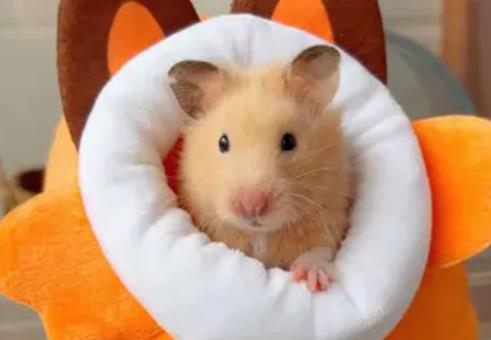Hamsters' Eyesight and Color Perception Abilities

1. Basic Visual Capabilities
Hamsters have poor eyesight and are nearsighted. They mainly rely on their sense of smell and hearing to perceive the surrounding environment. Their eyes are sensitive to changes in light, making them well-suited for nocturnal activities, but they feel uncomfortable in bright light.
2. Can Hamsters See Colors?
Scientific research shows that hamsters are partially colorblind and can only perceive a limited range of colors:
Visible light spectrum: They are primarily sensitive to short-wavelength light such as blue, green, and yellow, but have almost no reaction to red.
UV light perception: They can detect ultraviolet (UV) light, which may help them identify food or marks left by other hamsters in the wild.
Color contrast: Although they can distinguish certain colors, they rely more on light-dark contrast and movement to recognize objects.
3. Practical Reactions to Colors
Safe colors: Soft tones like light blue and light green can make hamsters feel relaxed, as these colors resemble their natural habitat.
Stress-inducing colors: High-contrast patterns (e.g., black-and-white stripes) or bright red may cause alertness or anxiety.
Cage item selection: It is recommended to use neutral-colored bedding and toys (such as light gray or beige) and avoid overly bright colors.
4. Breeding Recommendations
Avoid using bright light or flickering light sources, as these can irritate hamsters’ eyes.
If a hamster shows fear of certain colors (e.g., hiding, restlessness), adjust the color tone of its environment.
Summary
Hamsters can perceive some colors, but vision is not their primary sense—they rely more on smell and sound. When keeping hamsters, priority should be given to creating a comfortable, low-stimulation environment.
